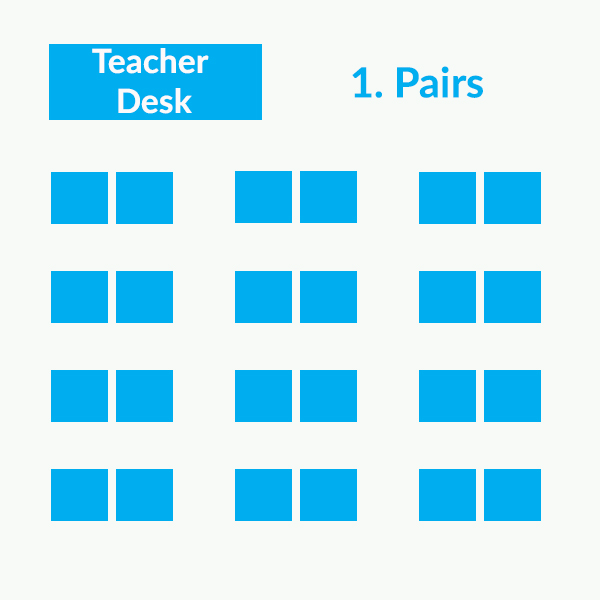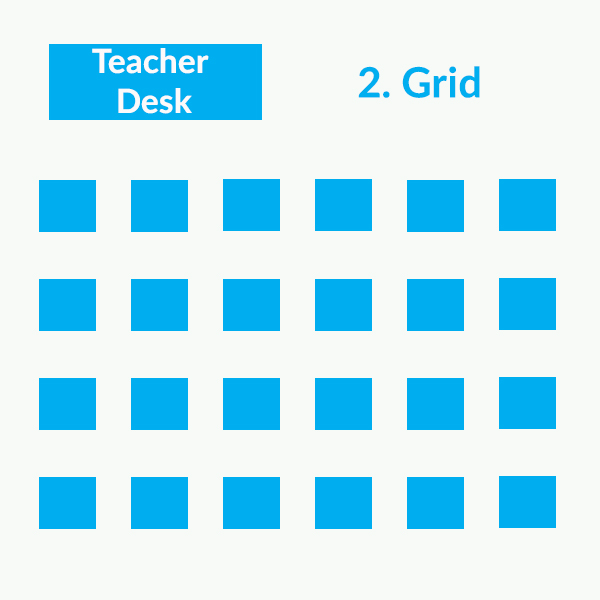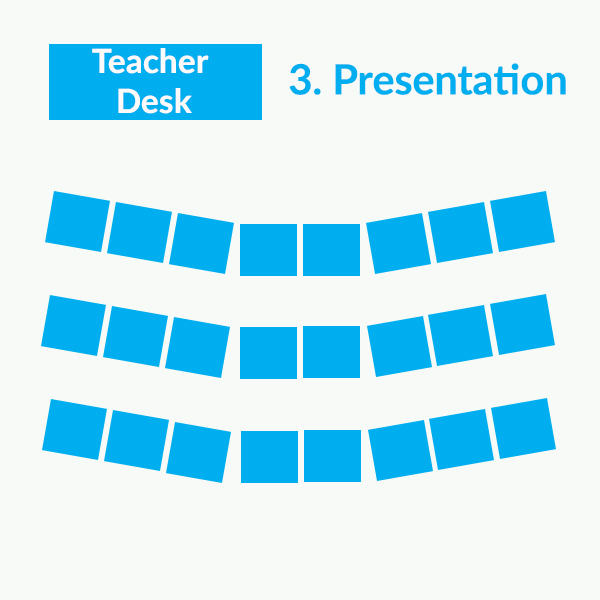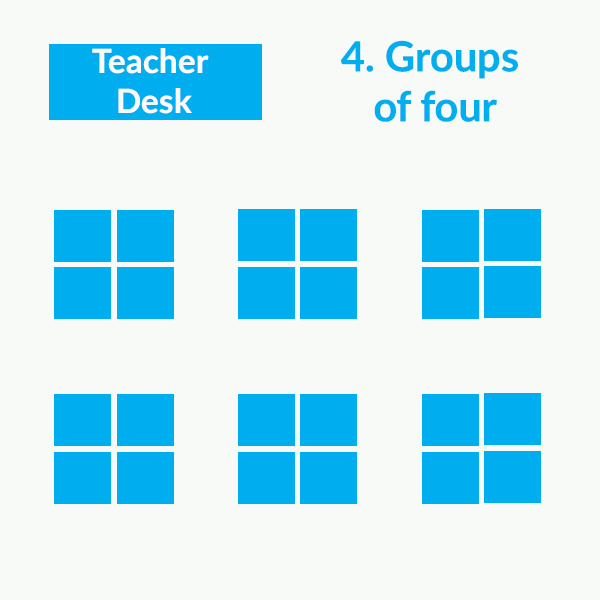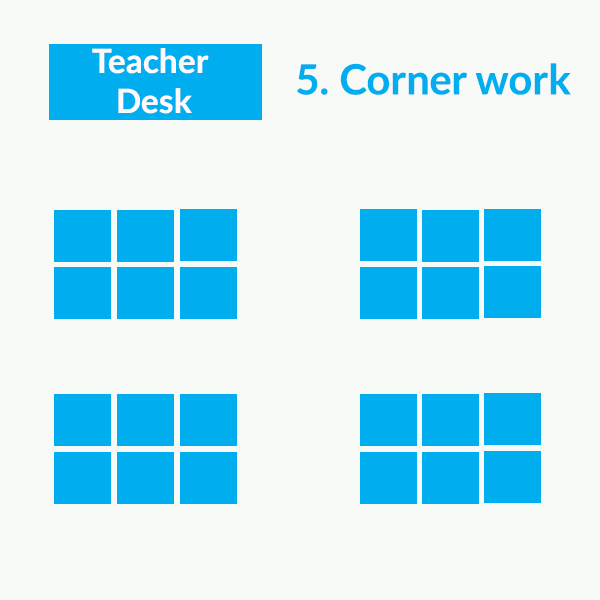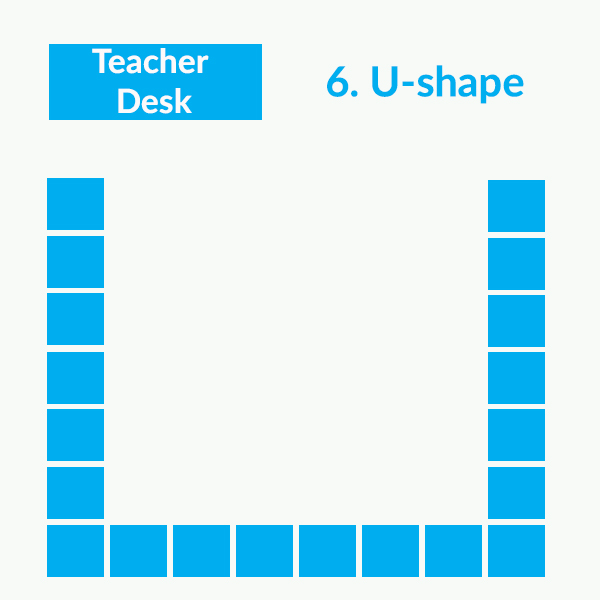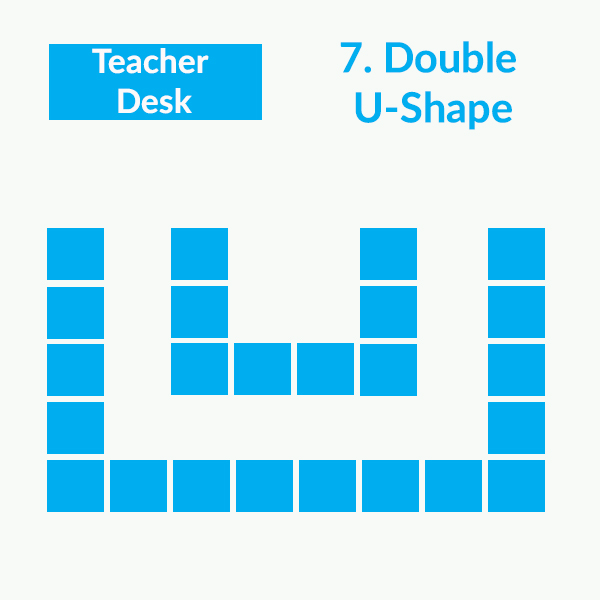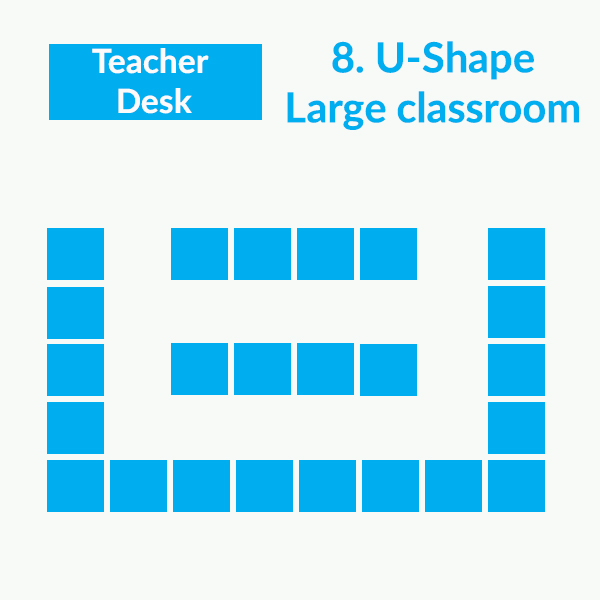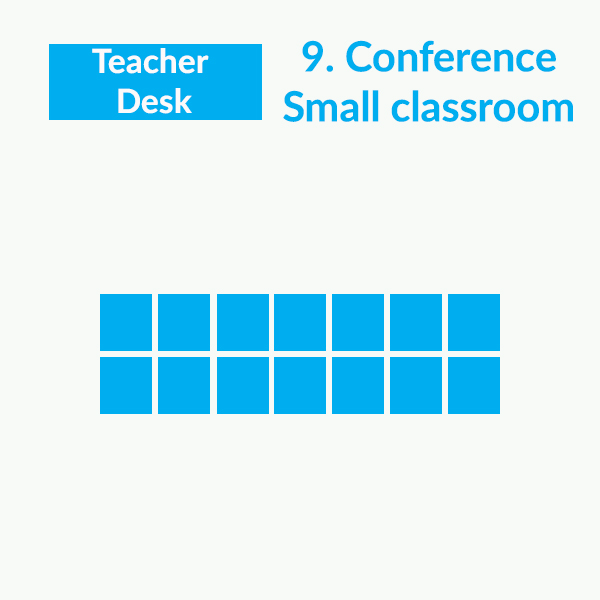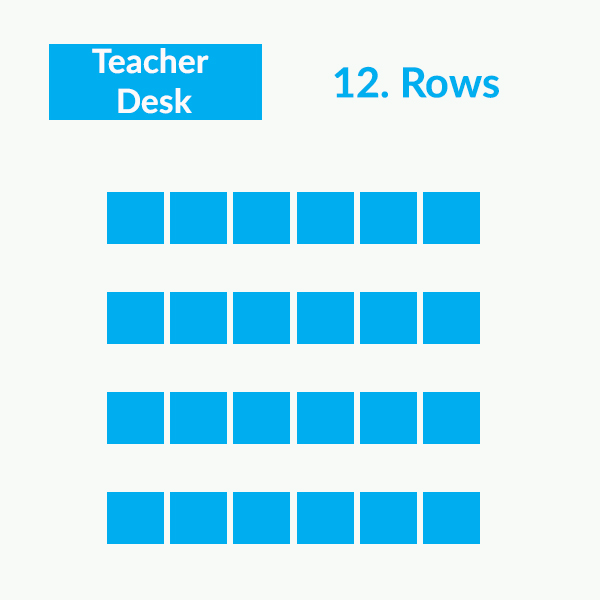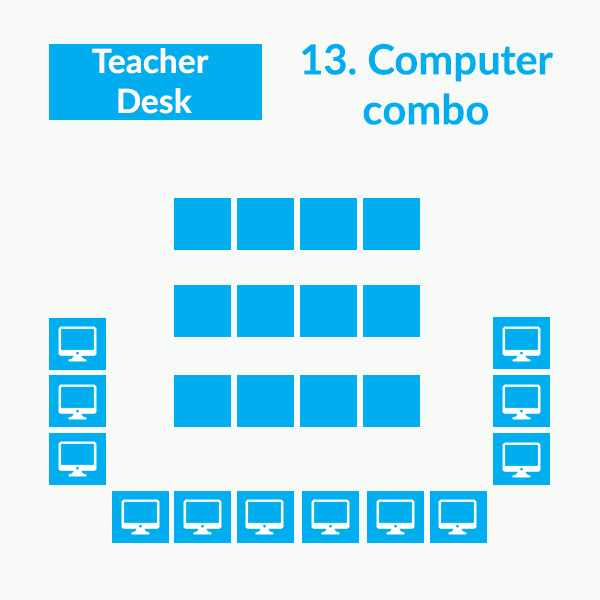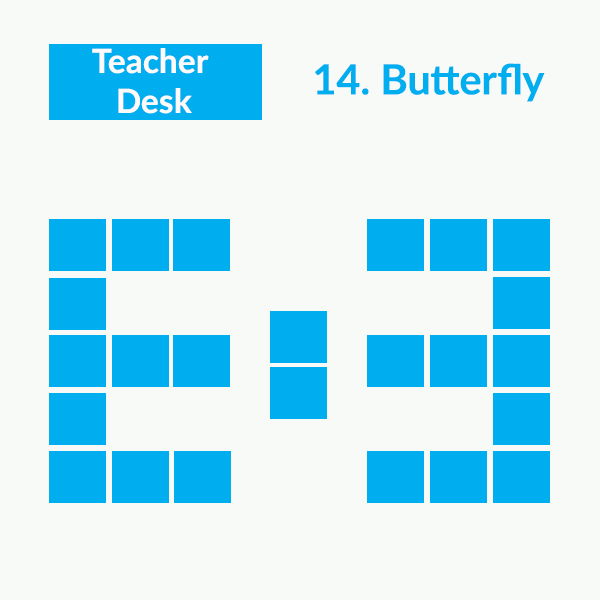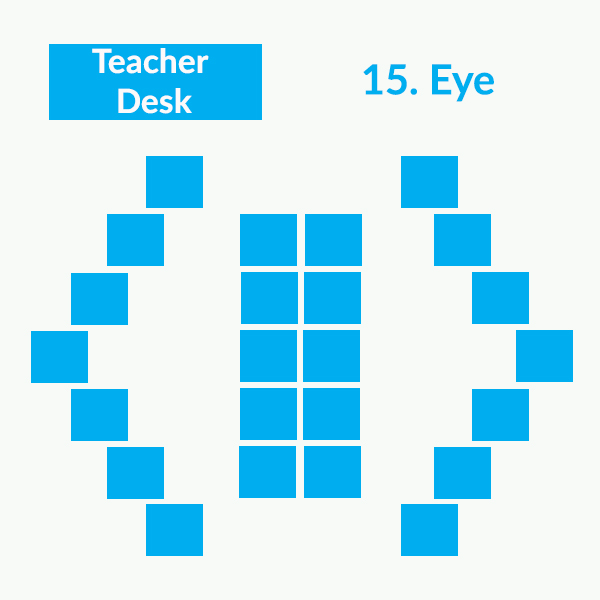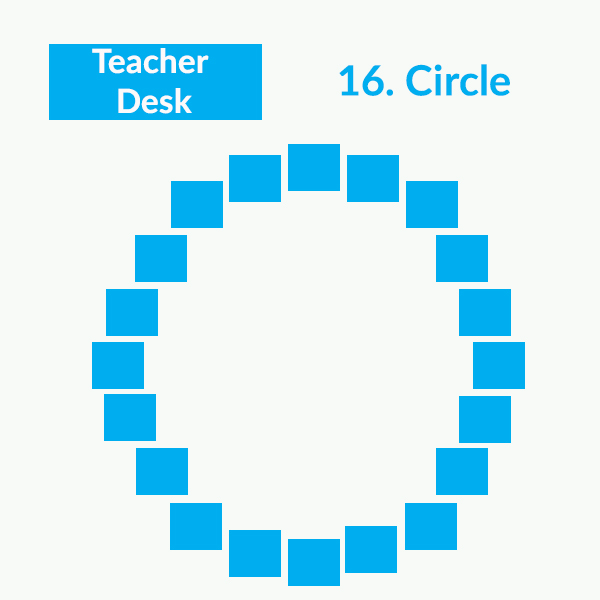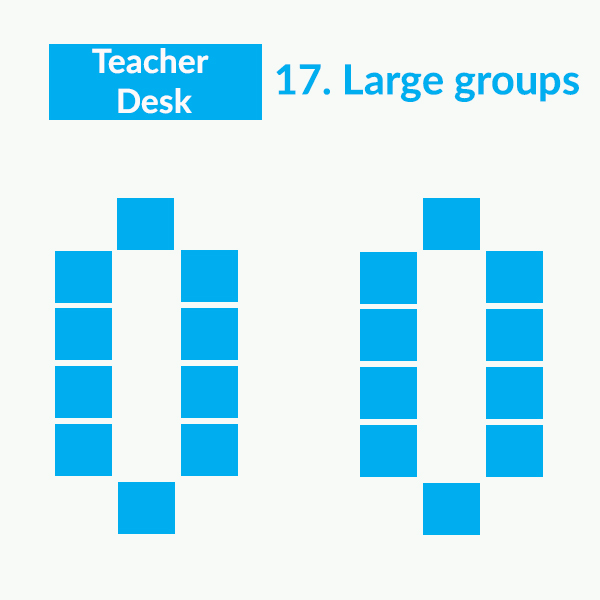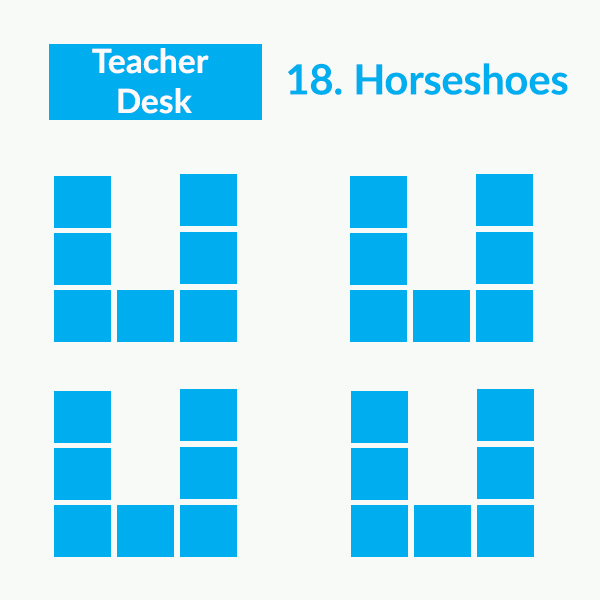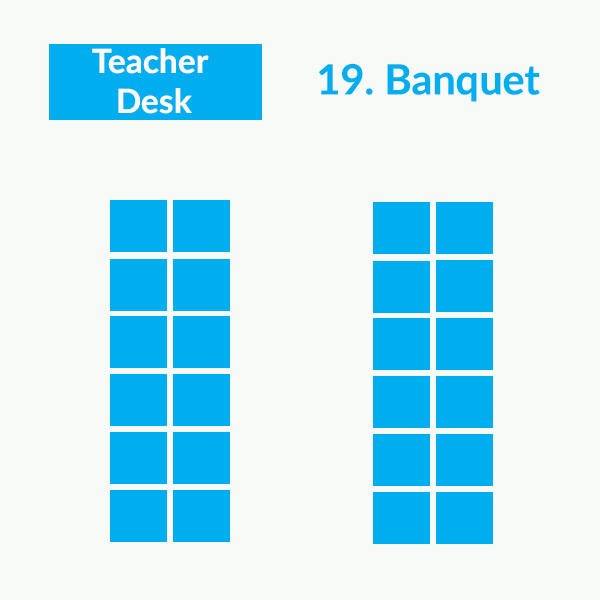
LEARNING STYLES
The idea of different learning styles started to gain popularity in the mid-70’s. Since then, the notion has influenced the way education and learning is perceived. Just like there are different teaching methods, many individuals also believe there are different ways to learn and understand new information.
WHAT DO “LEARNING STYLES” MEAN?
The term “learning styles” speaks to the understanding that every student learns differently. Technically, an individual’s learning style refers to the preferential way in which the student absorbs, processes, comprehends and retains information. For example, when learning how to build a clock, some students understand the process by following verbal instructions, while others have to physically manipulate the clock themselves. This notion of individualized learning styles has gained widespread recognition in education theory and classroom management strategy.
KOLBS EXPERIENTIAL LEARNING CYCLE
Kolb’s experiential learning cycle is a four-stage process that describes a four-stage process of how we acquire and embed new knowledge. The theory embraces the idea that we change as a result of experience, reflection, conceptualisation and experimentation.
HONEY AND MUMFORD LEARNING STYLES
The Honey and Mumford learning styles were published by Peter Honey and Alan Mumford in 1986. Honey and Mumford’s learning styles model identifies four different styles that people use to learn something new:
- Activist
- Theorist
- Pragmatist
- Reflector
1. Activist
Activists are people who learn best by doing. They like to get their hands dirty and are enthusiastic about being thrown in at the deep end and trying new things.
They love to tackle problems using brainstorming sessions with others to figure things out. They are more than happy to lead these sessions themselves. When their enthusiasm for an experience begins to wain, they immediately start to look for the next challenge.
Activists learn best when:
- Thrown in at the deep end.
- Working with others.
- Trying new experiences.
Activists learn least well when:
- Reading or thinking about a problem on their own.
- Listening to lectures.
Activities suited to activists:
- Brainstorming.
- Group discussion.
- Roleplay.
- Puzzles.
- Hands-on problem-solving.
2. Theorist
Theorists are people who learn best by understanding the theory behind why something is the way it is. They need models, concepts, and facts to be able to learn effectively.
They enjoy analyzing and assimilating information to form their own theories. They value logic and rational thinking.
What they are learning must have a logical purpose in order for them to engage with it. They like to be able to ask questions so that they can form their own opinions.
Theorists learn best when:
- There is a theory or logical model behind everything that they learn.
- They have the opportunity to ask questions.
- They can see the purpose behind everything they learn.
Theorists learn least when:
- Conclusions are ambiguous.
- Feelings and emotions are involved.
- Asked to jump in at the deep end without understanding the underlying theory.
Activities suited to theorists:
- Models.
- Facts and figures.
- Quotes.
- Applying a theory.
- Storytelling.
3. Pragmatist
Pragmatists learn best when they can see how what they are learning can be put into practice in the real world.
They like to take a new idea they have learned and immediately try to put it into practice. They want to seek out new ways to use what they have learned in practice.
They are practical, down-to-earth types who like to get on and get things done.
Pragmatists learn best when:
- They can see the connection between what they are learning and its use in practice.
- What they are learning is practically superior to their current way of doing things.
- They can get feedback on how they are doing from an expert.
- There is a practical example they can copy or build on.
Pragmatists learn least when:
- They can’t see a practical application for what they are learning.
Activities suited to pragmatists:
- Case studies.
- Problem-solving.
- Discussing how to translate theory into practice.
4. Reflector
Reflectors are people who learn best when they can observe others and think about what they have just observed. They avoid jumping straight in and prefer to watch first.
They like to collect data from many sources and perspectives, then think about it thoroughly before reaching any conclusion. They are cautious and like to consider all the angles before committing to action.
Reflectors learn best when:
- Given time to think before they have to take action.
- Given time to investigate before they have to take action.
Reflectors learn least when:
- Aggressive deadlines rush them.
- They have to do things without having adequate time to prepare.
- Forced to take the lead in a group situation.
Activities suited to reflectors:
- Observing others perform activities.
- Paired discussions.
- Receiving feedback from others.
- Coaching.
Visual, Auditory and Kinesthetic Learners (VAK)
Educational psychologist Walter Burke Barbe and his colleagues proposed three "modalities" of learning: Visual, Auditory, and Kinesthetic (movement and touch). These were often referred to simply as VAK.
Barbe was clear that everyone had strengths, weaknesses and preferences in each of the three modalities. The most effective learning, he said, utilized all three in combination. He said that the mix we achieved depended on many factors, and would likely change over time.
The VAK model was popular and widely applied. But, like some of the earlier models, it became associated with a fixed outlook on learning. Many people took it to mean that learners could be classified by a single modality – as a "visual learner," for example – with little room for maneuver. And there was confusion over whether the VAK definition referred to someone's innate abilities, their personal preferences, or both.
LEARNING STRATEGIES VS LEARNING STYLES
Learning strategies can be classified into 6 groups: metacognitive which identifies one’s own learning style preferences and needs, planning for an L2 task, gathering and organizing materials, arranging a study space and a schedule; memory related which helps learners link one L2 item or concept with another but do not necessarily involve deep understanding; compensatory which make use of guessing from the context in listening and reading; using synonyms and talking around the missing word to aid speaking and writing. And affective strategies which helps identifying one’s mood and anxiety level, talking about feelings rewarding oneself for good performance and using deep breathing or positive self-talking. The last but not the least, social strategy which enables us to ask for help or clarification at a confusing point or asking for help including a language task.
There are 4 dimensions of learning style, sensory preferences (Visual, auditory, kinaesthetic and tactile), personality types (extroverted-introverted, intuitive-random and sensing-sequential, Closure – oriented, judging vs open and perceiving, desired degree of generality and biological differences. This last can be understood as a biorhythm which reveals the times of day when students feel good and perform their best. This is especially true for morning people.
A learning style is useful and helpful when the strategy relates well to the L2 task at students learning style preferences to one degree or another, the student employs the strategy affectively and links it with other relevant strategies. Then, it might be inferred that strategies use often relates to style preferences. Students typically use learning strategies that reflect their basic learning style. When everything is matched, we can have a strategy chain, which can be understood as a set of interlocking, related and mutually supportive strategies.
MOTIVATION
Types of Motivation
Motivations are primarily separated into two categories: extrinsic and intrinsic.
1. Extrinsic
Doing an activity to attain or avoid a separate outcome
Chances are, many of the things you do each day are extrinsically motivated.
According to research published in Contemporary Educational Psychology, “Extrinsic motivation is a construct that pertains whenever an activity is done in order to attain some separable outcome.”
Like exercising to lose weight, learning to speak Italian to impress your friends, or getting to work on time to avoid being yelled at by your boss.
“Extrinsic motivation is doing something for the external rewards you get from it. In your career, this can include financial gain, benefits, perks and even avoiding getting fired,” says says Shawna Clark, owner of Clark Executive Coaching, a leadership development company.
When you find your inspiration waning, re-focusing on external rewards is a quick way to recommit to a goal or activity, whether that be performing well at work or sticking to an exercise routine. If you find yourself grumbling through your commute each day (to perform a job you’re not crazy about) try focusing on the external rewards — be it the paycheck that pays your rent, the health insurance or even the free fruit in the cafeteria — to get motivated.
2. Intrinsic
An internal drive for success or sense of purpose
The journal of Contemporary Educational Psychology defines intrinsic motivation as doing “an activity for its inherent satisfaction rather than for some separable consequence. When intrinsically motivated, a person is moved to act for the fun or challenge entailed rather than because of external products, pressures, or rewards.”
Hopefully you have a handful of actions you perform each day that fall under this bucket. Your job may not provide obvious sources of intrinsic motivation, but perhaps you head out for a run because you enjoy the experience of unplugging and pounding the pavement or help your neighbor carry their groceries up the stairs because you genuinely feel good doing it.
“Intrinsic motivation is doing something because it feels good to you. You feel internally rewarded for doing it,” says Clark. “In a job, this can be doing work that feels purposeful, enjoying time with your teammates or achieving goals you’ve set for yourself.”
